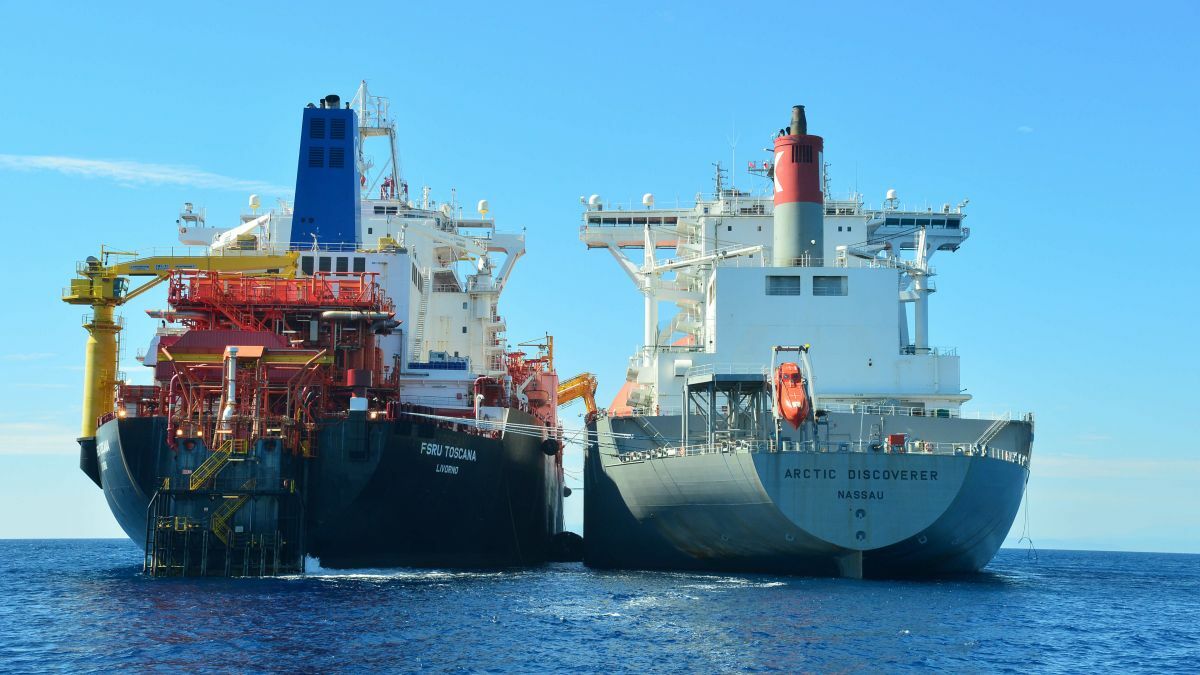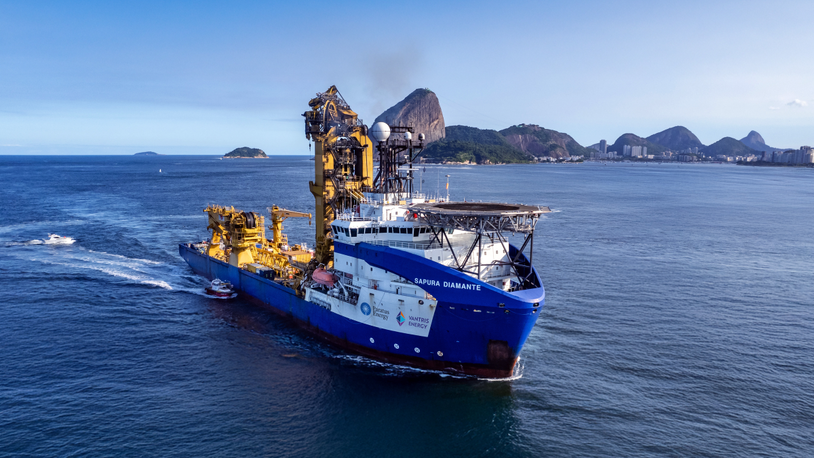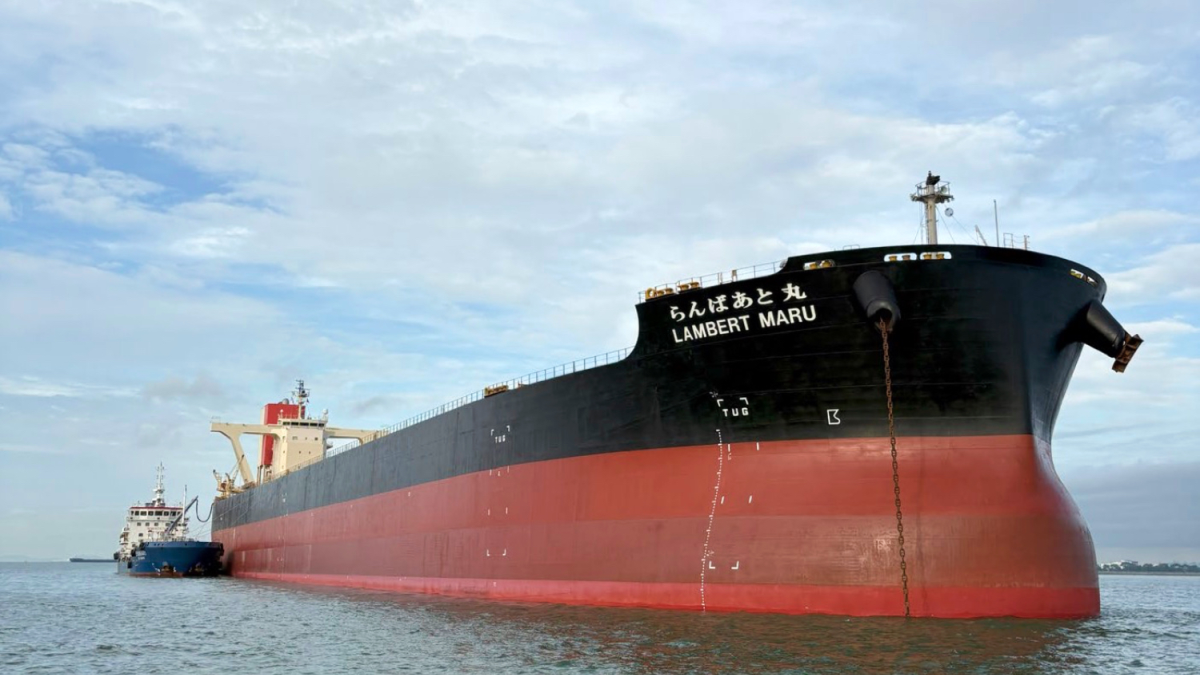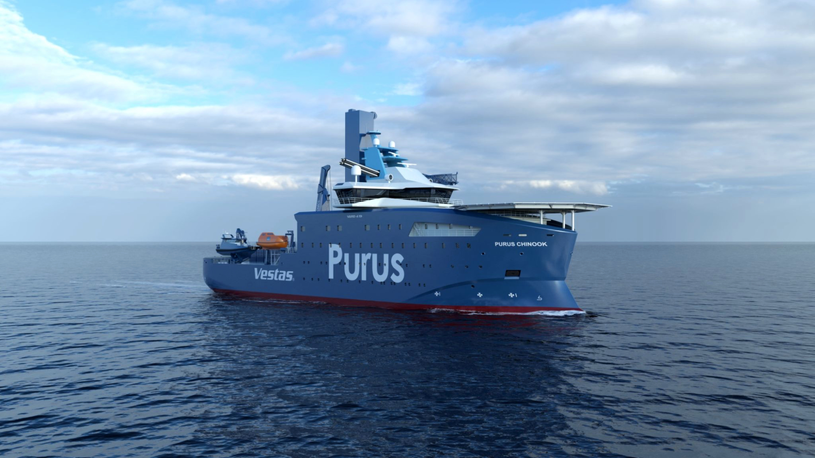Business Sectors
Contents
Register to read more articles.
Time to take another look at onboard carbon capture
The ‘chicken-and-egg’ dilemma facing onboard carbon capture
Meeting the global CO2 emissions targets set by the Paris Agreement for 2050 will require a significant amount of scale up (and investment) in carbon capture, utilisation and storage (CCUS). This was evident from the presentations and discussions that explored the CCUS value chain at Riviera’s CO2 Shipping, Terminals & CCS Conference, held in association with Norton Rose Fulbright in Houston in September.
Forecasts from DNV, which supported the event, suggest CCUS will abate about 4% of CO2 emissions by 2050 — a far cry from the 20% that is needed to meet the 2050 targets. CCUS is seen as the perfect complement to rein in emissions from big hard-to-abate emitters such as power generation, gas processing, steel, refining and cement.
Shipping will have to play its part, too, transporting liquefied CO2 that cannot be carried by pipeline to CO2 storage facilities. More facilities, like the recently commissioned Northern Lights in the North Sea, will be needed.
While it is the most efficient form of transportation, shipping still emits slightly less than 3% of the world’s CO2 emissions — half of which is accounted for by container ships and bulk carriers.
This is where onboard carbon capture (OCC) can play a role. OCC is gaining traction in the market, with systems being trialled on 31 existing ships and incorporated in the designs of another 28 newbuilds, according to Clarksons’ Green Technology Tracker.
As the most recent edition of DNV’s Maritime Forecast 2050 points out, carbon capture can support the decarbonisation pathway for shipping while ship operators wait for much needed carbon-neutral fuels. And much like the concept of green shipping corridors, the first CCUS value chains might grow around routes between major bunkering hubs, like Rotterdam and Singapore.
“OCC is gaining traction, with systems being trialled on 31 existing ships”
With the production and price of green fuels uncertain, shipowners will need to look to more cost-effective means of reducing their CO2 and greenhouse gas emissions to remain compliant. At the CO2 Shipping, Terminals & CCS Conference, DNV business development director, CO2 Shipping, Erik Mathias Sørhaug, noted that OCC could evolve into a commercially viable alternative to cut ship pollutants by 2030 and reach net zero by 2050.
But CCUS and OCC are both plagued by the old ‘chicken-and-egg’ dilemma. OCC will depend on the continued development of CCUS technology, regulations, safety guidelines, transportation infrastructure, reception and storage facilities.
An interesting white paper, Navigating the Complex Landscape of Onboard Carbon Capture Solution, released by the Blue Sky Maritime Coalition, details a roadmap of the issues and opportunities presented by carbon capture. Technology readiness, regulations, onboard and shoreside storage, port handling, transport, sequestration and CO2 reuse are addressed.
The white paper notes OCC “has the potential to provide a cost-effective retrofit solution that would be particularly applicable to vessels operating under the Jones Act trade, due to the high cost of Jones Act replacement vessels.”
With capacity tight at shipyards globally, retrofits of OCC systems might be the best solution for many existing non-Jones Act ships, too. The time might be right to take another look at onboard carbon capture.
Related to this Story
Events
LNG Shipping & Terminals Conference 2025
Vessel Optimisation Webinar Week
Marine Coatings Webinar Week
© 2024 Riviera Maritime Media Ltd.












